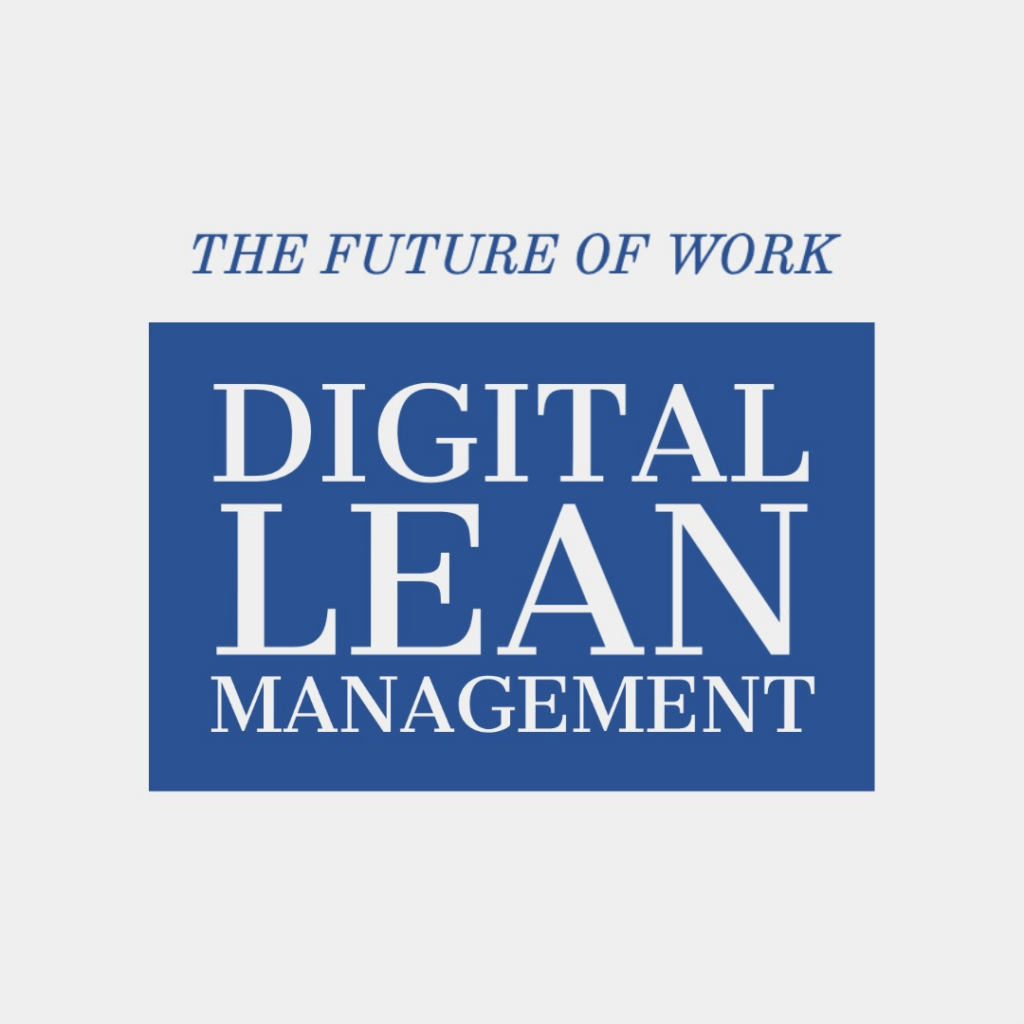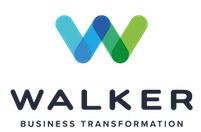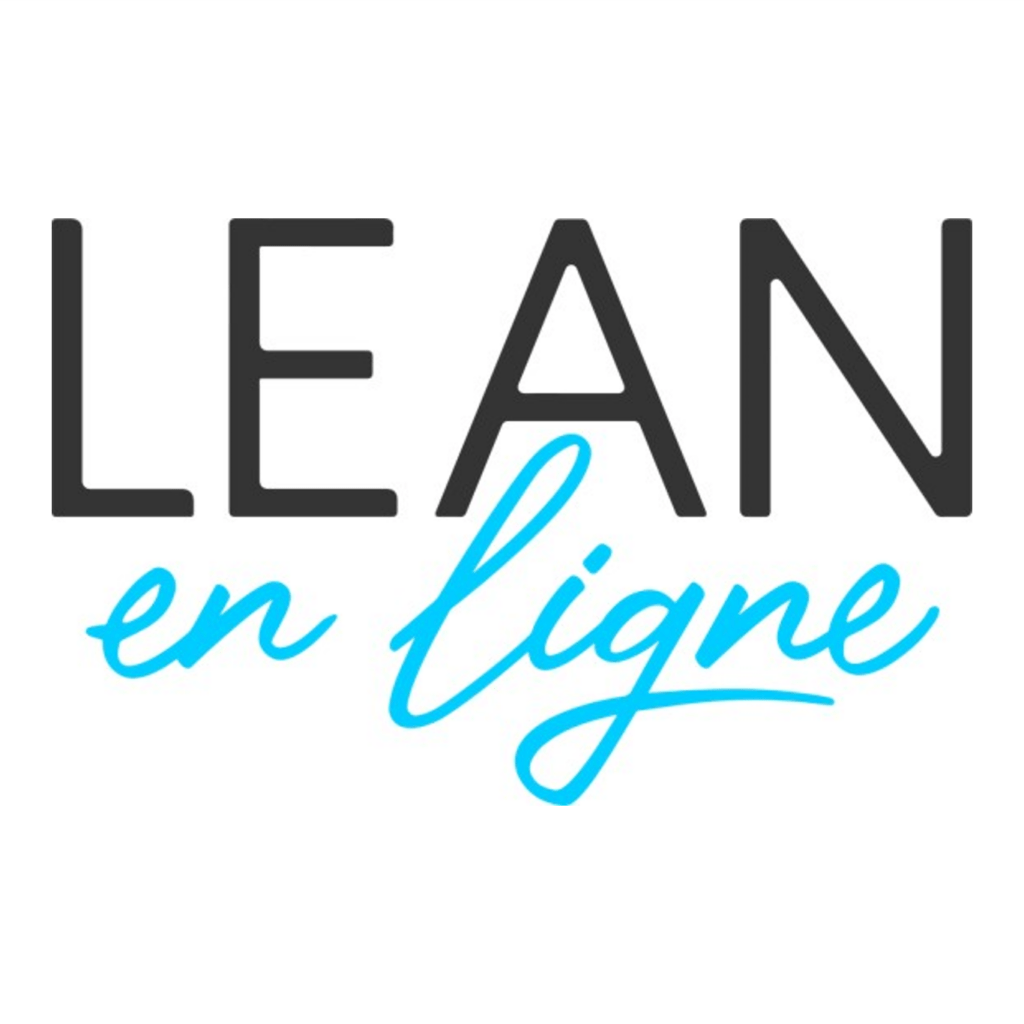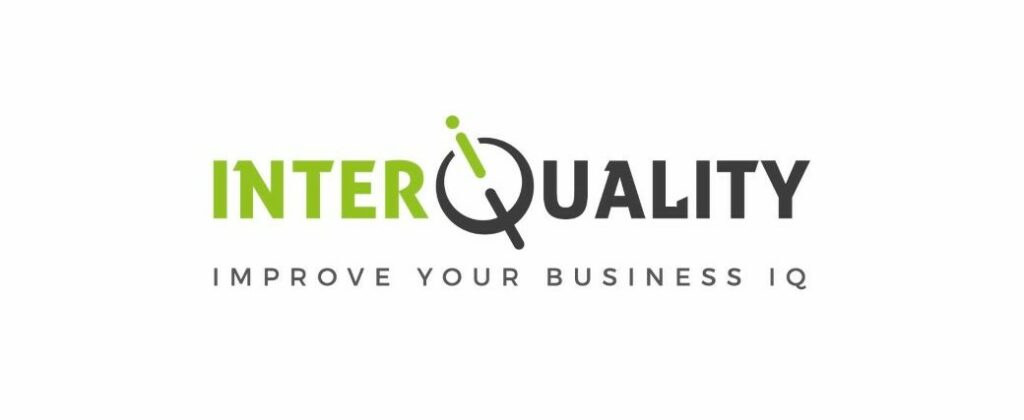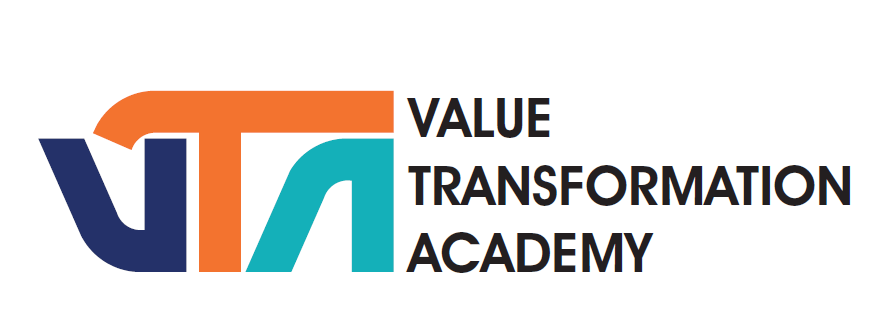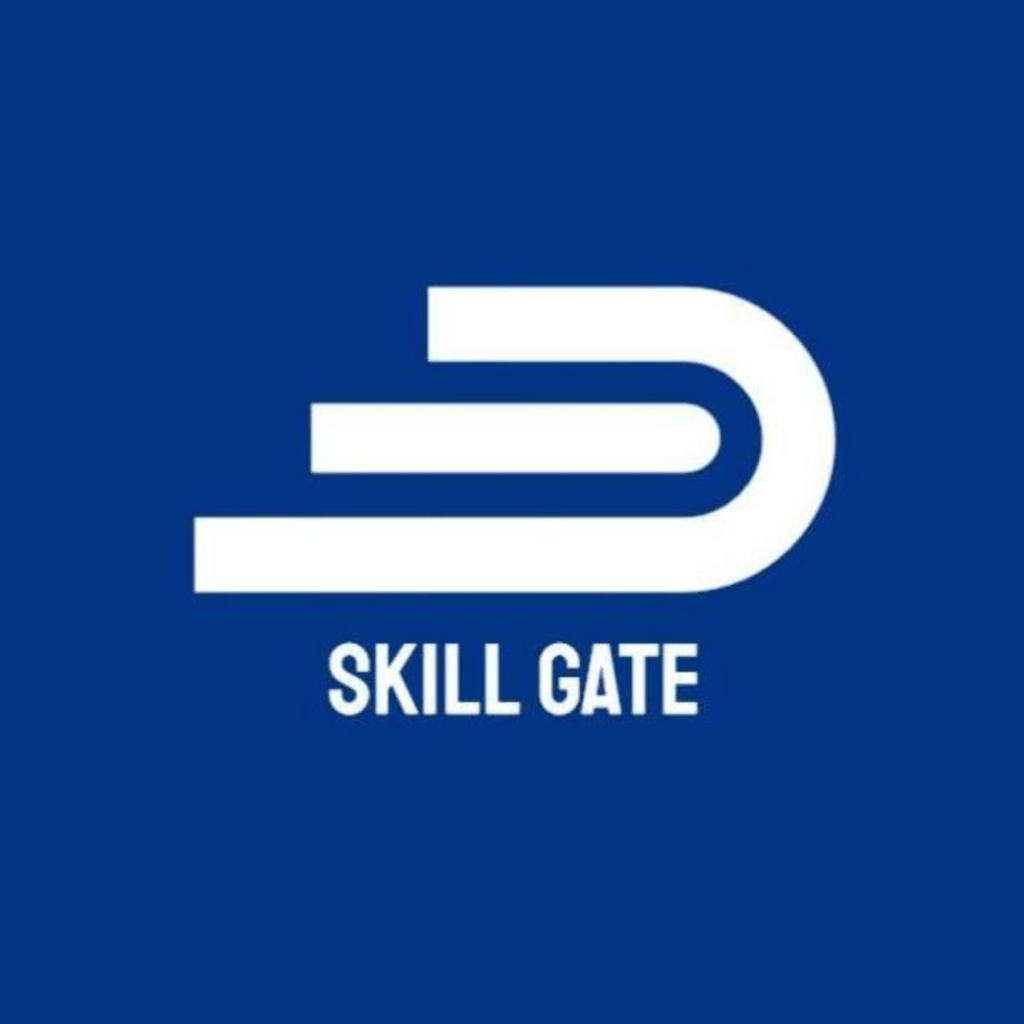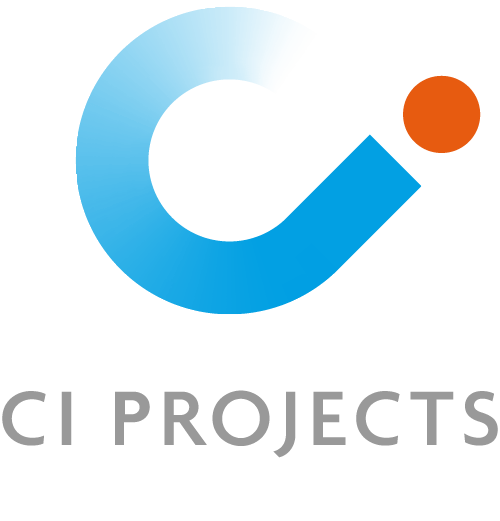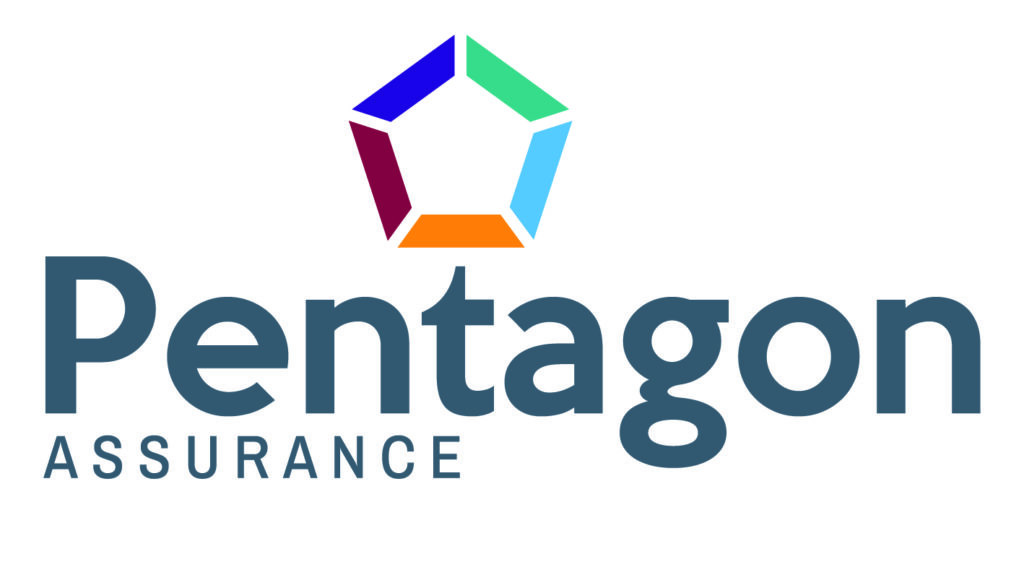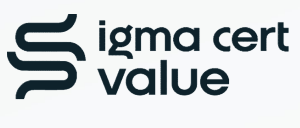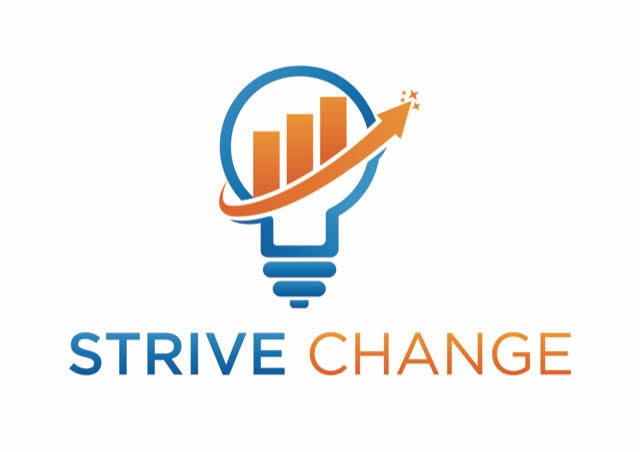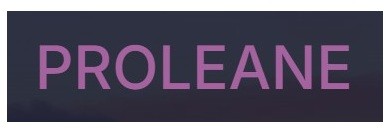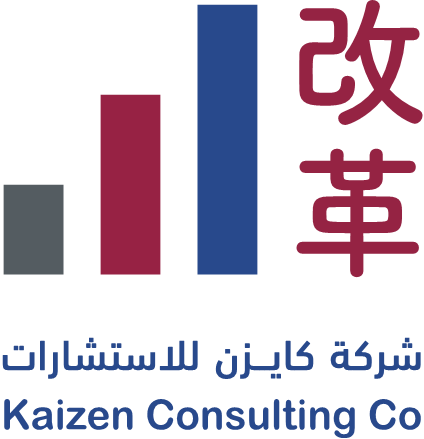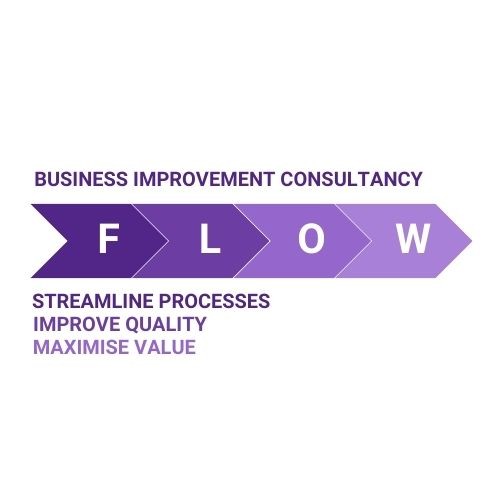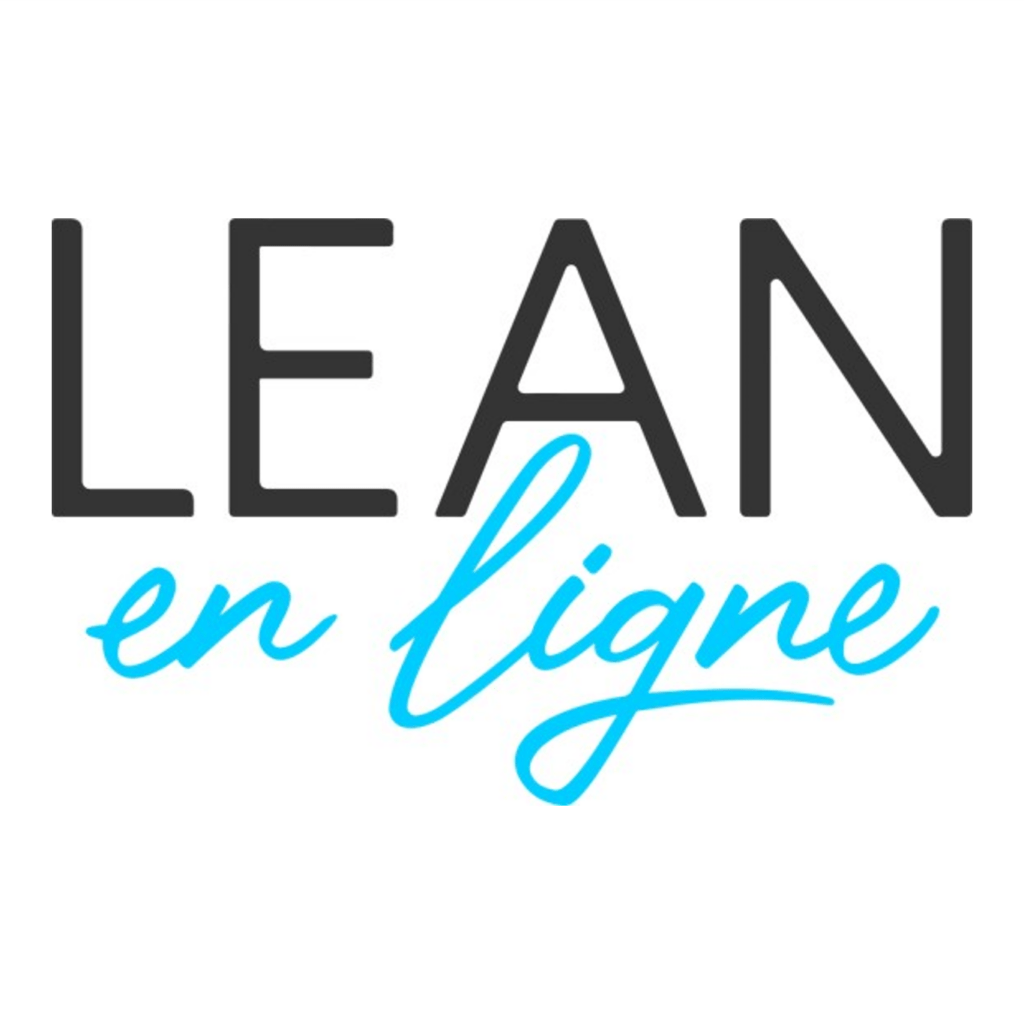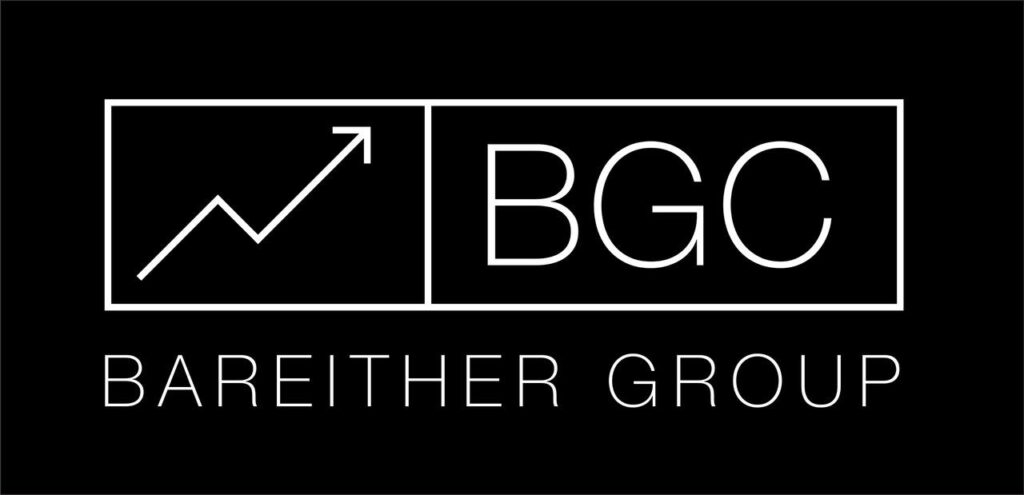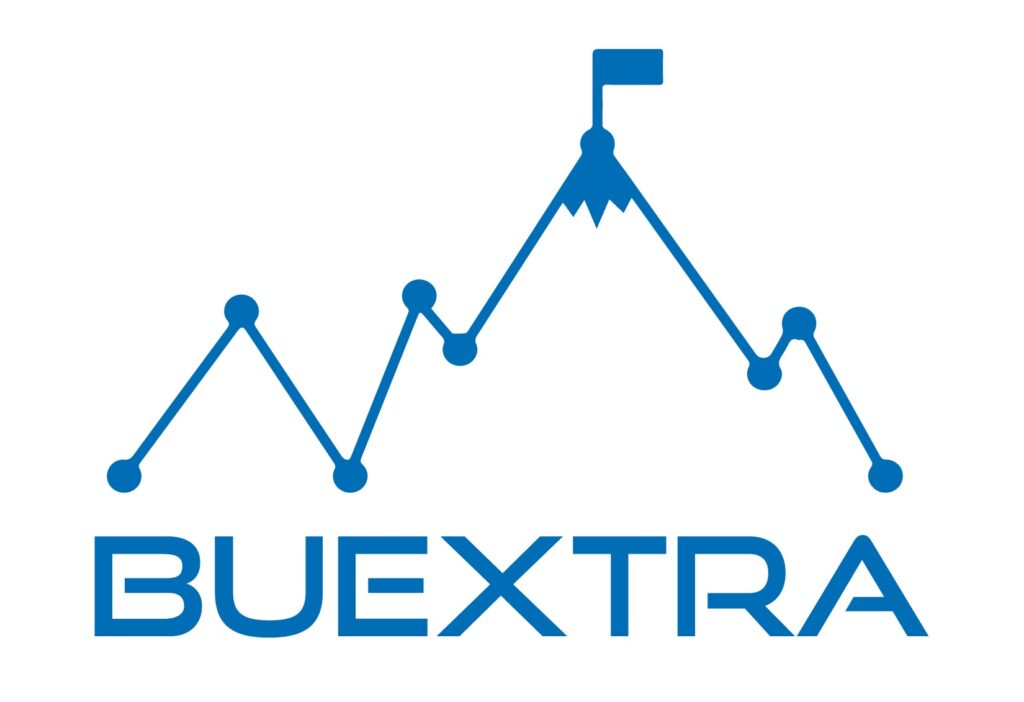What Do Bees and Hives Have To Do With Blockchain and Lean Systems?
If you want a vivid way to understand decentralised technology and modern Lean thinking, watch a beehive at work. A hive coordinates foraging, nest selection, defence, and resource storage through shared signals and simple rules.
No chief bee directs the action, yet outcomes are fast, reliable, and remarkably efficient. That is the kind of self-regulating, transparent, high-quality system that Lean leaders strive to build, and it is the performance profile that well-designed blockchain networks can enable in complex value streams.
In this article, I will connect the science of honeybee coordination with Lean Six Sigma and the practical capabilities of blockchain. You will see why consensus, transparency, and built-in trust are not abstract technical features. They are operational advantages that support flow, quality by design, and resilience across supply chains, asset lifecycles, and regulated environments.
From Waggle Dances to Consensus: How Bees Decide

Honeybees communicate through rich, structured signals. The most famous is the waggle dance, a repeatable behaviour that encodes distance, direction, and quality of a nectar source. These signals allow large numbers of workers to align on the next best action without a manager. Studies show this dance shortens foraging time and improves resource acquisition in different landscapes.
When colonies must find a new home, small teams of scouts advertise candidate sites. Support for the best site increases as more scouts repeat dances for it, and the swarm moves only when a quorum threshold is reached. This is robust, distributed decision-making. There is noise in the signals, yet the colony converges on high-quality choices at speed. That is swarm intelligence, and it is a powerful natural metaphor for algorithmic consensus.
Even the shape of the honeycomb matters. Hexagonal cells are a space- and material-efficient structure that delivers strength with minimal wax. In engineering terms, this is the least-perimeter way to partition a plane into equal areas at scale. Nature solved a classic optimisation problem and then standardised it across every hive.
Blockchain Basics through a Lean Lens
A blockchain is a shared ledger that multiple parties can read and append to with strong guarantees of integrity. Instead of a single central database, many nodes hold the same record. New entries are proposed, verified against rules, and then added in blocks. The network agrees which block is valid using a consensus mechanism.

Consensus mechanisms come in many forms. Proof-of-Work and Proof-of-Stake are common families, while byzantine-fault-tolerant protocols support agreement even when some participants misbehave. The point for Lean leaders is not the cryptography, it is the outcome: one trustworthy ledger without a central controller, with changes visible in near real time across participants. That is an information flow that supports stable physical flow.
Immutability makes every record a permanent cell in a honeycomb of data. You cannot secretly alter one cell without disrupting the structural integrity of the whole. This supports root cause analysis, mistake-proofing, and auditability, since the timeline of events is clear by design.
The Lean House Meets the Distributed Ledger
Womack and Jones gave us five Lean principles: define value, map the value stream, create flow, establish pull, and seek perfection. Think of blockchain as an enabling layer that helps you execute each step at scale, across organisational boundaries.
- Define value with customers, suppliers, and regulators using a shared ledger of requirements, provenance, and quality attributes.
- Map value streams end-to-end with tamper-evident events. All parties see the same lead times, handoffs, and constraints.
- Create flow by removing information waits. Smart contracts can release the next step automatically when upstream data meets acceptance criteria.
- Establish pull with verifiable signals. Downstream demand and upstream capacity become transparent, so replenishment can trigger promptly.
- Pursue perfection with DMAIC on a trusted data spine. Measure variation across partners, analyse true cycle times, implement improvements, and hold the gains with coded rules.
Lean takeaway: blockchain does not replace Lean. It strengthens the information architecture that Lean needs to reduce waste, shorten feedback loops, and sustain gains beyond your four walls.
Case Study: Pharmaceuticals and Regulatory Interoperability
In pharmaceuticals, US law now requires interoperable electronic tracing at the package level under the Drug Supply Chain Security Act.
The FDA has explored blockchain interoperability pilots to meet this requirement. The regulatory objective is clear: identify, verify, and remove suspect products quickly to protect patients.
Blockchains are a strong candidate for the shared, tamper-evident data backbone this demands.
Designing a Beehive-Like Lean System
What would it take to make your operation behave more like a high-performing hive?
- Standardise the signals.
In a hive, the waggle dance encodes consistent variables. In your business, codify event types and data schemas across partners. Use GS1 identifiers, serialisation, and standard timestamps to support analysis and automation. - Decentralise decisions with clear rules.
Bees do not debate governance every day. They use simple thresholds and quorum logic. In your blockchain solution, put acceptance criteria and release rules into smart contracts. Trigger replenishment, release payments, or quarantine stock when encoded conditions are met. - Make flow visible to everyone who needs it.
Blockchains give you one ledger. Combine it with dashboards and alerts that show cycle times, WIP, and bottlenecks across the chain. That aligns teams without endless emails and spreadsheets. - Protect quality at the source.
Every transaction carries batch, serial, or inspection metadata. Defects become traceable to the step where they occurred. Use this to drive corrective actions and update the standard work encoded in your smart contracts. - Close the loop with DMAIC.
Treat your chain as a living experiment. Define the customer problem, measure lead time and defects from the ledger, analyse variation across partners, improve with simpler rules or better buffers, and control with immutable checks.
Where Blockchain Adds Lean Value (and Where It Does Not)
High-fit use cases
- Multi-party provenance and audit where no single firm can or should own the system.
- Regulated chains that need package-level serialisation, recall precision, or ESG proof points.
- Complex service networks where quality depends on verified handoffs, like field service, healthcare logistics, and warranty processing.
Signals of poor fit
- A single owner with full authority and trust already in place.
- Real-time, high-frequency transactions that do not need shared state.
- Situations where privacy requirements exceed what current privacy-preserving techniques can deliver.
Lean leaders should approach blockchain like any countermeasure: match the mechanism to a clear root cause. If the waste comes from disagreements about facts, the cure is a shared, verifiable record, not a bigger meeting.
Avoiding Common Pitfalls
- Confusing pilots with products.
A small demo that proves data can be written is not the same as an operational system with identity, governance, change control, and support. - Over-customising smart contracts.
Keep rules as simple as possible so suppliers can comply. Complex logic increases cycle time and defect risk. - Neglecting data quality at the edge.
A ledger cannot fix bad scanning or sloppy serialisation. Treat the capture step as you would any critical measurement system. - Ignoring governance.
Bees succeed because rules are simple and widely followed. Your consortium needs the same: admission, voting, versioning, and exit rules everyone understands. - Forgetting the customer.
Do not implement a ledger because it is fashionable. Tie it to a measurable outcome: fewer recalls, faster chargebacks, shorter time-to-verify ESG, or reduced days sales outstanding.
Practical Roadmap: 90 Days To First Value
Weeks 1–2: Value Definition
- Pick one customer-critical flow where truth disputes slow you down.
- Write a tight problem statement and CTQs. Identify the minimal record needed to support the decision at stake.
Weeks 3–6: Minimum Viable Ledger
- Establish identifiers, events, and ownership rules.
- Stand up a permissioned blockchain in a sandbox with 3–5 partners.
- Encode one or two smart checks that support a real control plan step.
Weeks 7–10: Pilot in Production
- Process a limited, traceable product set end-to-end.
- Measure lead time, exception rate, and first pass yield for the targeted decision.
Weeks 11–13: Improve and Control
- Remove non-value steps that the ledger makes obsolete.
- Freeze the working standard. Plan the next product family or region.
This is classic Lean change: small batch, short feedback, clear CTQs, visible gains.
Why the Bee-to-Blockchain Analogy Works
- Shared rules beat central orders. A hive uses a small number of rules and signals. A good ledger does the same, so partners can act locally with global awareness.
- Structure creates strength. Honeycomb geometry gives durability with low material. A well-designed block structure gives integrity with low coordination overhead.
- Consensus scales. Quorum in a swarm and consensus in a network are both ways to resolve disagreement quickly with repeatable rules.
If you want to go deeper into the practicalities, join John Dennis and Alexandra Niculae for the ILSSI Blockchain for Lean Systems live Zoom course. It covers the twenty most important blockchain concepts, how they connect to the ten core ideas of Lean Thinking and the ten core ideas of Systems Thinking, and it includes an ILSSI-accredited certification exam. Dates, trainers, and enrolment details are available on ILSSI.

Their new book, Blockchain for Lean Systems: A Training Guide, explores these ideas further and is available via Amazon and partner listings.
Final Thought: Build Your Hive
Lean is a management system that thrives on clarity and trust. Blockchain is a technology that embeds clarity and trust into the way information moves. A beehive shows us how far simple rules and clear signals can go when everyone can see the same truth and act on it. If you design your value streams with that mindset, you will not only reduce waste and variation. You will build the kind of resilient, self-correcting system that keeps delighting customers even when conditions change.

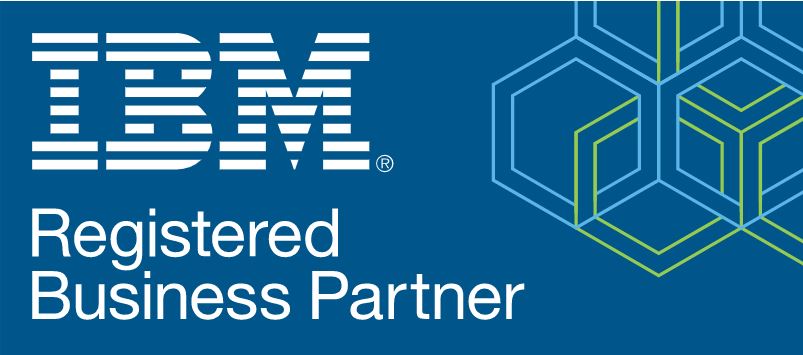
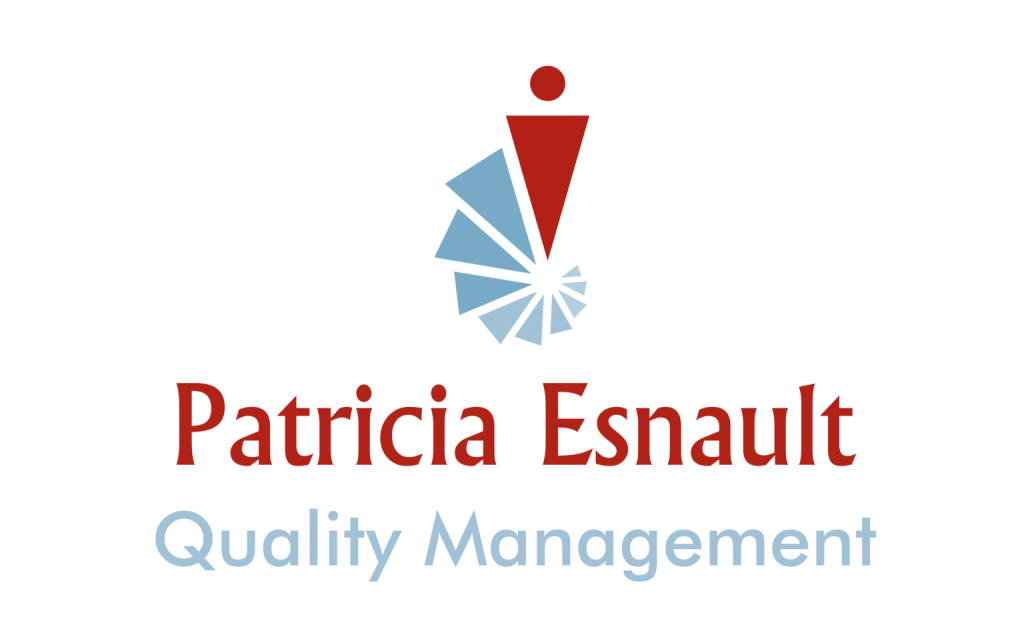

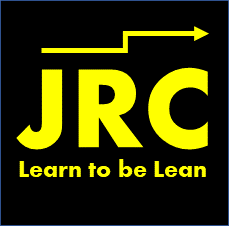
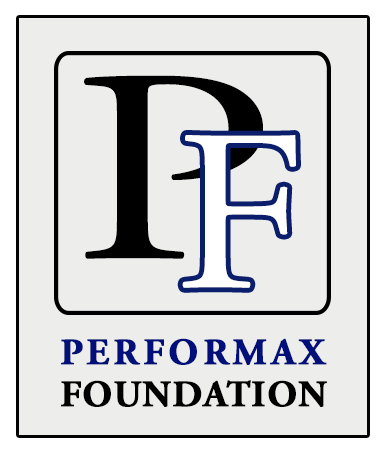

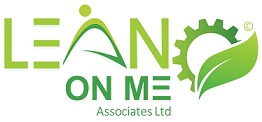




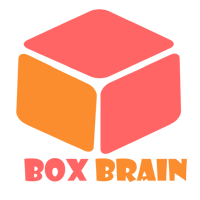

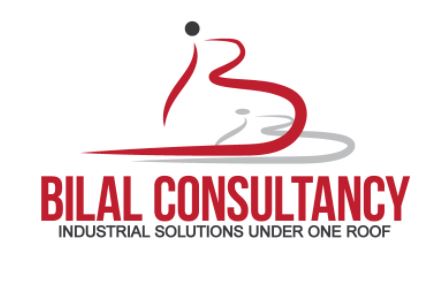
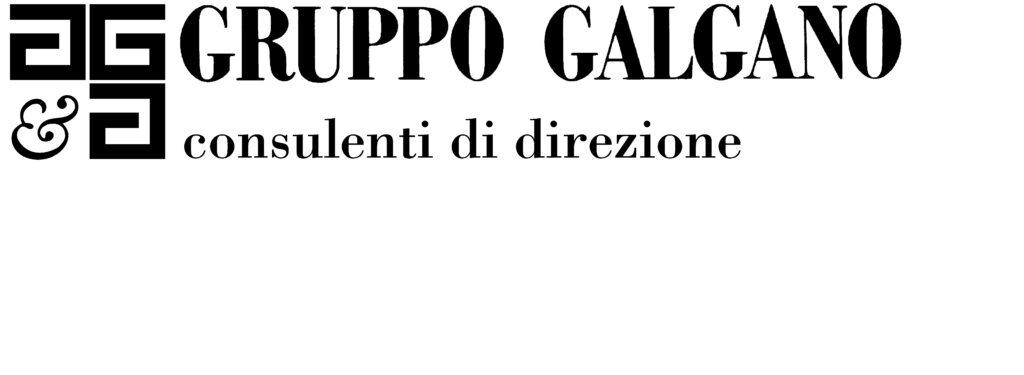




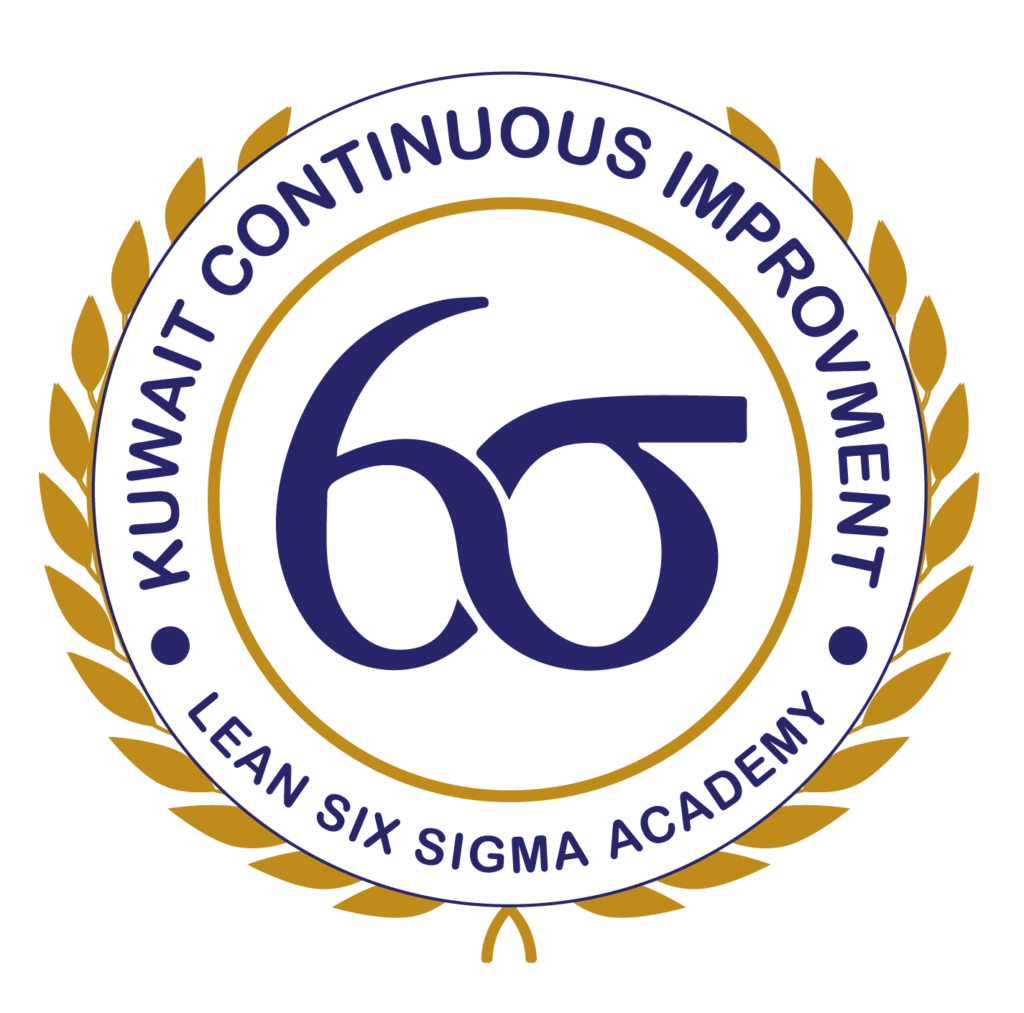



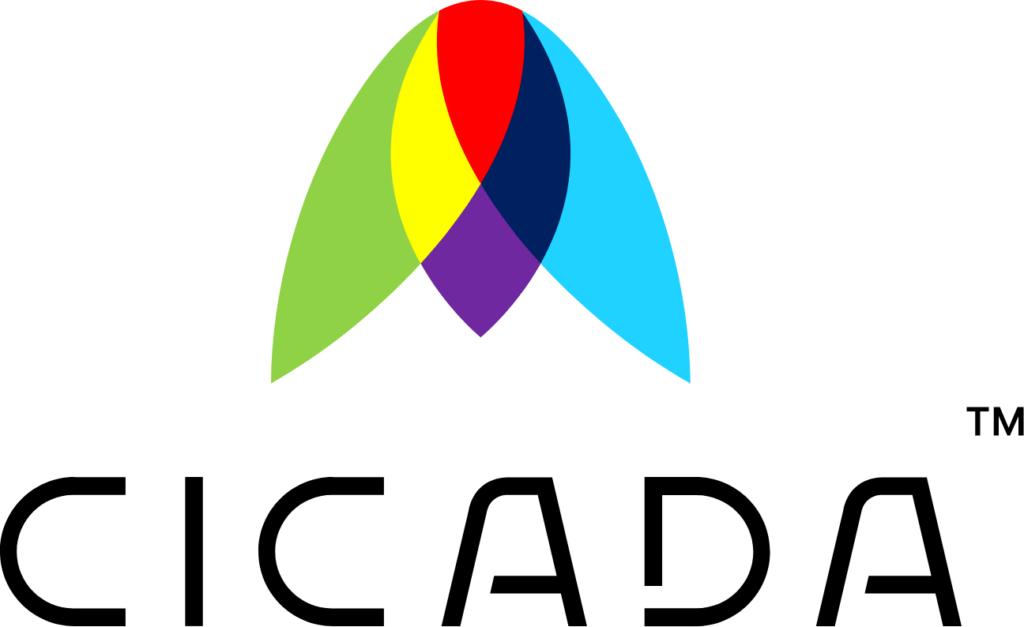
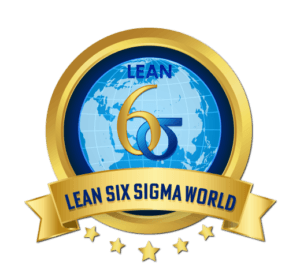
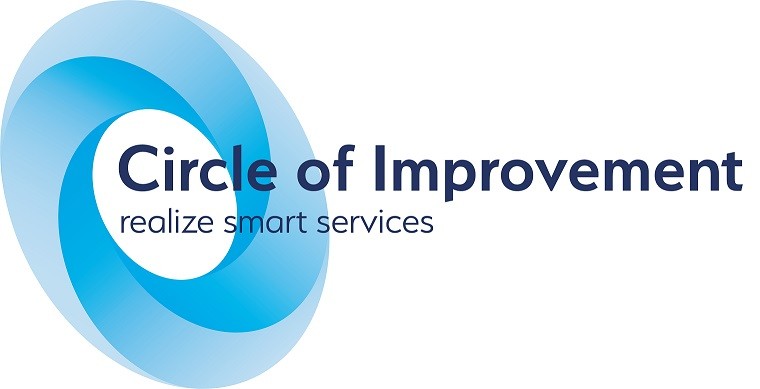



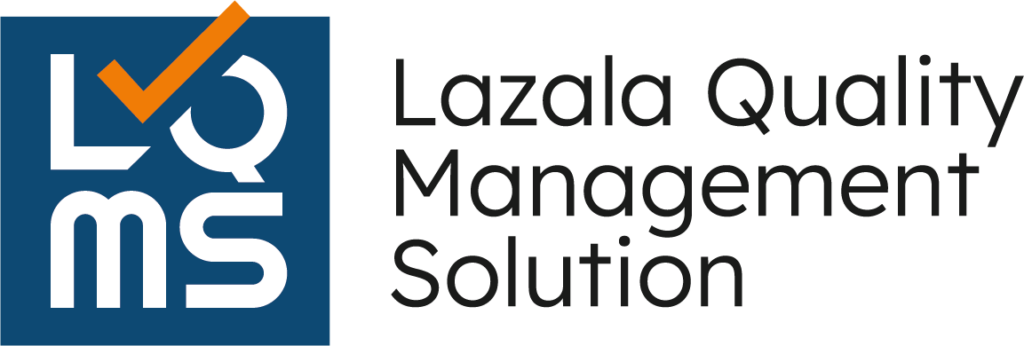




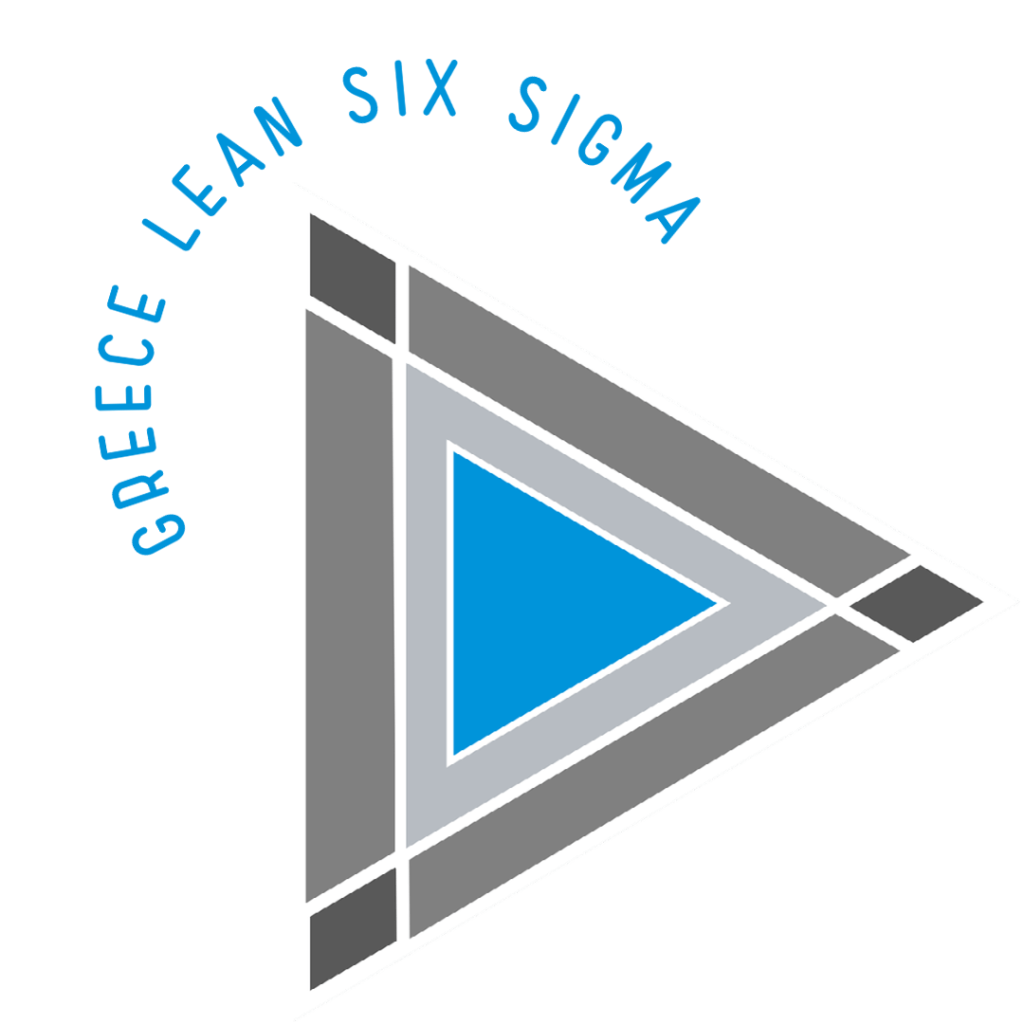
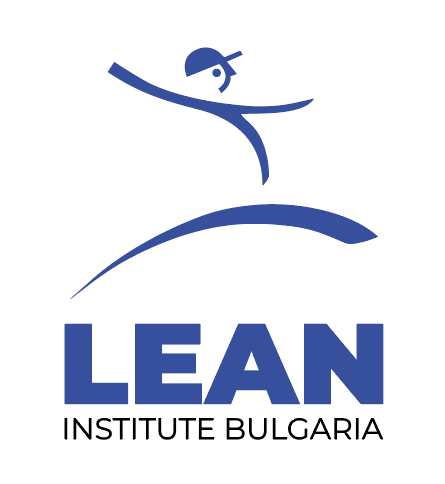


![UCOURSE.ORG [UCOURSE Academy] was established in Hong Kong in 2019 (company name: UCOURSE LTD), dedicated to providing high-quality online courses and courses for Chinese people in China, Hong Kong, and even all over the world. UCOURSE.ORG 【优思学院】于2019年成立于香港(公司名称:优思学院有限公司 / UCOURSE LTD),致力于为中国、香港、以至身处于全球各地的中国人提供优质的线上课程和考试认证,促进全国的人材培育、个人的职业发展,让学员在事业上事半功倍,同时助力国家的未来的急促发展。](https://ilssi.org/wp-content/uploads/2021/02/ucourse-logo-250.png)

